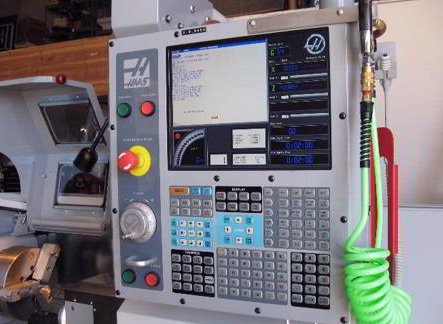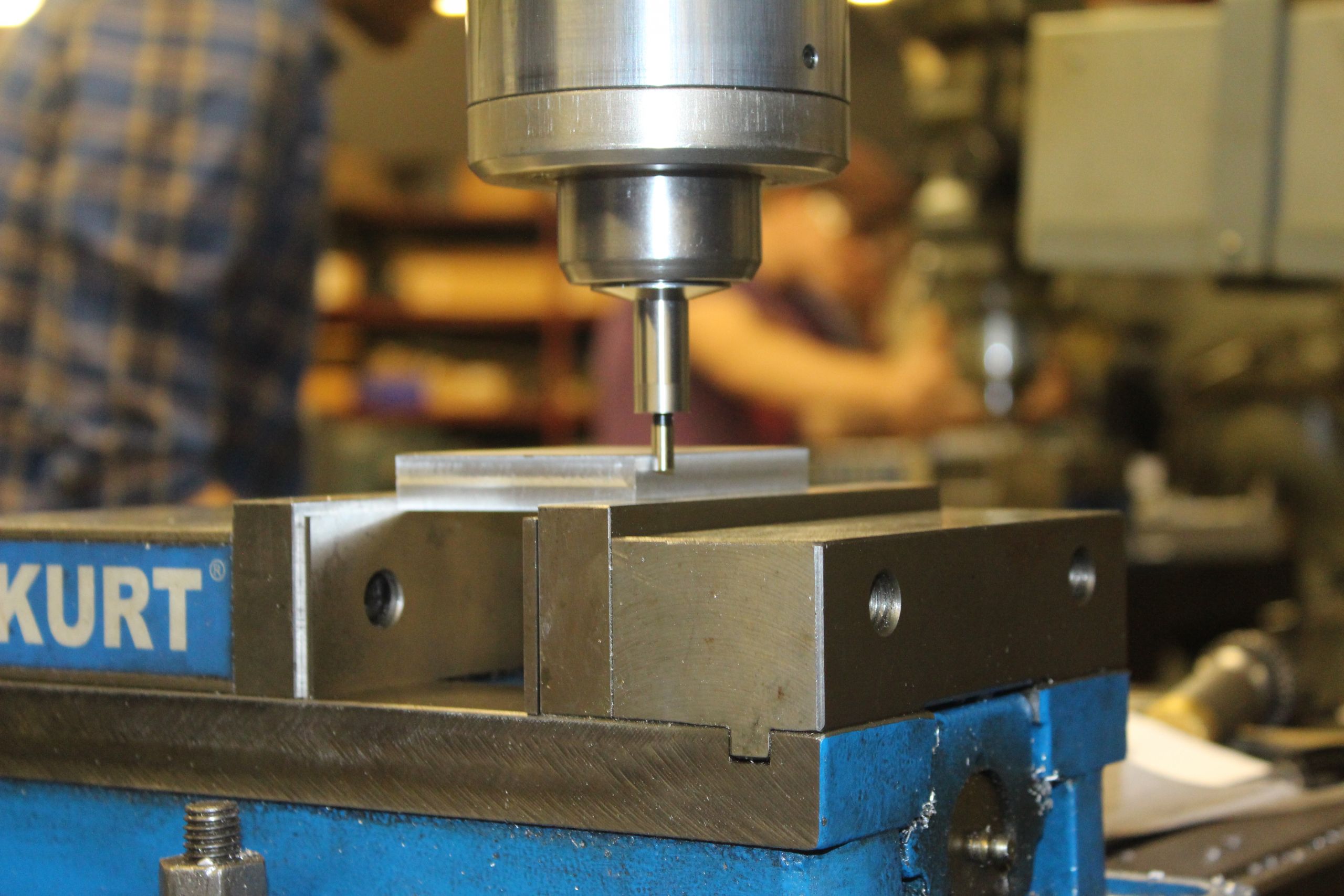Machining is a skill that has been in demand for centuries. From the creation of simple tools to the manufacturing of complex machinery, machining has played a crucial role in shaping the world we live in today. Whether you are a hobbyist looking to create something on your own or a professional seeking to expand your skillset, learning machining can be a rewarding experience.
However, mastering machining requires a significant investment of time, effort, and resources. With so many options available, it can be overwhelming to know where to start. In this article, we will explore the different types of machining, the tools and equipment needed, and the steps you can take to begin your journey towards becoming a skilled machinist. So, whether you are a complete beginner or have some experience in machining already, read on to discover how to learn machining!
- Step 1: Take a vocational class at a local technical school or community college.
- Step 2: Find an apprenticeship with a machinist.
- Step 3: Read books and watch instructional videos to learn the basics.
- Step 4: Take online courses to learn more advanced topics.
- Step 5: Practice and apply what you’ve learned.

How to Learn Machining?
Machining is a form of manufacturing that uses a variety of tools and machines to cut and shape materials into desired products. Learning machining can be a great way to start a career in the manufacturing industry, or to acquire a new set of skills that can be used in a variety of fields. In this article, we’ll explore the different ways to learn machining and how to get started.
Explore Different Machining Methods
The first step to learning machining is to understand the different machining methods available. There are several different methods of machining, including milling, turning, grinding, and drilling. Each method uses different tools and machines to create desired shapes and sizes from a variety of materials. It’s important to understand the differences between each method so that you can choose the right one for the job.
Once you understand the different machining methods, you can begin to explore each one in more detail. Research the different tools and machines used in each method and learn more about the materials they can work with. This will help you get a better understanding of machining and how it works.
Research Machining Schools and Training Programs
If you’re interested in learning machining, it’s important to research machining schools and training programs. There are many schools and programs available that offer machining courses and certifications. These programs can provide you with the necessary knowledge and skills to become a successful machinist.
When researching machining schools and training programs, it’s important to consider the cost, duration, and quality of the programs. It’s also a good idea to read reviews from previous students and find out what kind of job opportunities are available after completing the program.
Practice Your Machining Skills
Once you’ve learned the basics of machining, it’s important to start putting your skills into practice. You can practice machining on your own, or you can find a supervised learning environment where you can work with experienced machinists. This will help you gain experience and learn from the experts.
When practicing machining, it’s important to be patient and take your time. It’s also important to pay attention to safety protocols and proper techniques. This will help you become a successful machinist in the long run.
Take Online Courses and Tutorials
In addition to traditional machining schools and training programs, there are also a variety of online courses and tutorials available. These courses and tutorials can provide you with the necessary information and skills to become a successful machinist.
When researching online courses and tutorials, it’s important to make sure they’re from a reputable source. Look for courses and tutorials that are comprehensive and provide step-by-step instructions. This will help you get the most out of your learning experience.
Join a Machining Community
Joining a machining community is a great way to learn more about machining and stay up-to-date on the latest trends. There are a variety of online and offline machining communities available, including forums, chat rooms, and social media groups.
By joining a machining community, you’ll be able to connect with other machinists and get advice and tips from experienced professionals. You’ll also be able to ask questions and get feedback on your machining projects.
Frequently Asked Questions about Machining
Machining is a process that involves the use of specialized tools, such as lathes, drills and milling machines, to shape and cut materials into the desired shape and size. It is an important skill to learn, as it is used in many industries, from automotive to aerospace.
What are the Benefits of Learning Machining?
Learning machining has many benefits. It can be used for a wide range of applications, such as creating parts for cars, aircraft, and other machines. In addition, it is a great way to gain knowledge and experience in the field of engineering and manufacturing. With the right tools and knowledge, machining can be used to build almost anything. It can also be used to repair and maintain existing machinery, as well as create custom parts.
Additionally, learning machining can help develop problem solving skills and critical thinking. It requires a high level of precision and accuracy, and requires the operator to think through their processes and plan ahead. This can help hone problem solving skills and increase efficiency when working with complex tasks and machines.
What Skills are Needed to Learn Machining?
In order to learn machining, a person needs to be comfortable using complex machines and tools, and have a good understanding of mathematics. The ability to read and interpret blueprints and schematics is also important, as these are often used in machining processes. In addition, an understanding of physics and materials science is important for understanding how materials react to machining processes.
Finally, having good hand-eye coordination and manual dexterity is important for precision and accuracy. Learning machining also involves developing a good understanding of the different machines and tools used in the process, as well as the different materials that can be machined.
What Types of Machines are Used in Machining?
The types of machines used in machining vary depending on the application, but some of the most common include lathes, milling machines, drill presses, and saws. Lathes are used to shape cylindrical objects, while milling machines are used to shape flat surfaces. Drill presses are used to create holes in material, and saws are used to cut material into the desired shape and size.
Other types of machines used in machining include grinders, polishers, and EDM (electrical discharge machines). These machines are used for more precise and intricate machining processes.
What Materials Can be Machined?
The types of materials that can be machined vary depending on the application and the machines being used. Common materials include aluminum, steel, brass, wood, and plastic. There are also specialty materials that can be machined, such as titanium and ceramic.
The type of material being machined will determine the type of machines that are used. For example, aluminum and steel require machines that can handle high speeds and pressures, while wood and plastic require slower speeds and lighter pressures.
How Can I Learn Machining?
There are many ways to learn machining, including taking courses at a local college or technical school, attending workshops, or taking an online course. For more experienced machinists, there are also specialty courses and certifications that can be taken.
For those who are new to machining, it is important to start with basic materials and machines. Learning the basics of machining, such as how to read and interpret blueprints, will help build a solid foundation. As skills and experience increase, more complex machines and materials can be used. It is also important to keep up to date on new technologies and machining processes, as these can make machining more efficient and accurate.

The Skill You NEED to Quickly Become a Great Machinist
In conclusion, learning machining is an essential skill for anyone who wants to thrive in the manufacturing industry. It requires a combination of theoretical knowledge and practical experience, as well as a willingness to learn and an attention to detail. By following the steps outlined in this guide, you can begin your journey towards becoming a skilled machinist. Remember to start with the basics, practice regularly, seek out guidance from experienced professionals, and stay up to date with the latest techniques and technologies.
Whether you are a beginner or an experienced machinist, there is always room for growth and improvement. By continuing to learn and refine your skills, you can become a valuable asset to any company in the manufacturing industry. So don’t be afraid to take on new challenges, ask questions, and push yourself to be the best that you can be. With dedication and hard work, you can master the art of machining and build a successful career in this exciting field.



